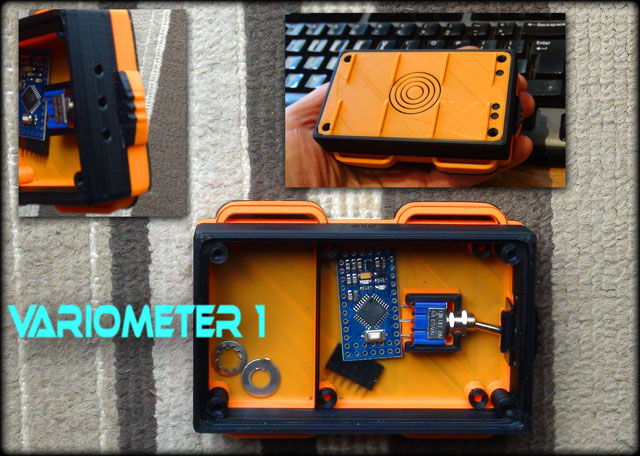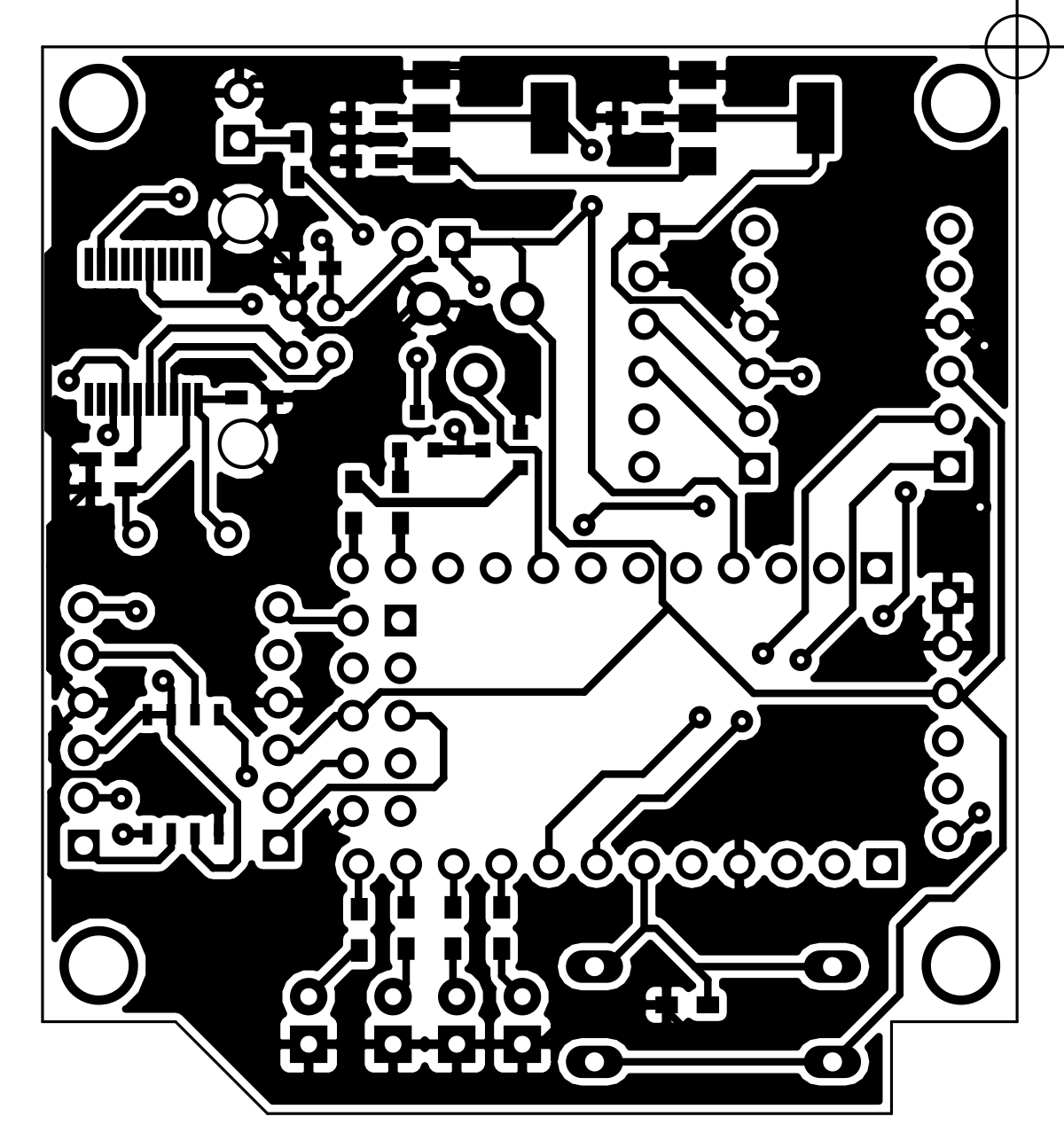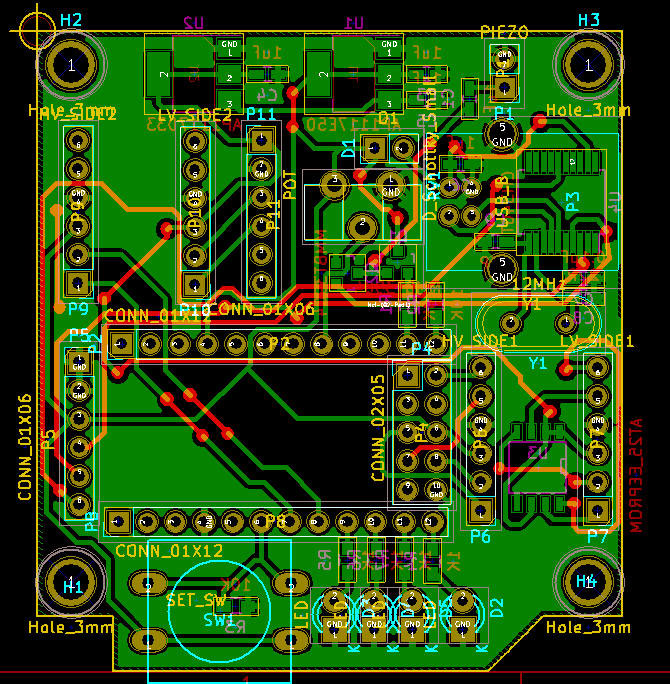|
Variometer Project by Sandy Sims |
||
 |
||
|
Variometer Project by Sandy Sims |
||
 |
||
The Variometer is something used
in flight, in my case for paragliding!
It tells the status of your altitude. Not the altitude itself but whether
it is increasing or decreasing by tones beeping in correspondence to
how fast you are rising (or sinking)
| Oh well! CNC is good for alignment and
drilling of PCB's + larger stuff like SOIC in my Mixer Expansion project
which was a massive board (6" wide!). I did the bottom of the board (not
sure why!) instead of the top which is how it got inverted.
I converted the gerbers to svg then svg to a
jpg, which I'll use to print the transparency for photo-etching. This is a
first for me as I usually use macromedia flash to draw the PCB's. On the flip side, I will post these Gerbers for anyone to duplicate so it's good for everyone else ;) Also the Arduino sketch will be posted as it's not much use without that.
|
  |
| So there it is thus far. I wasn't
going to post this originally, but I had some time to do it and perhaps
it'll be useful to somebody down the road. Cheers! S* |
|
|
Disclaimer: This is not an
instructional page to build or manufacture the above project, nor are there
any guarantees of accuracy herein. This page is an "of interest" discussion, and the project is intended for my own personal use. If you have any questions, or wish to pursue this project, you may contact me (Sandra) at fresh(at)freshnelly.com Project Copyright : Fresh Nelly Musik |
|
|